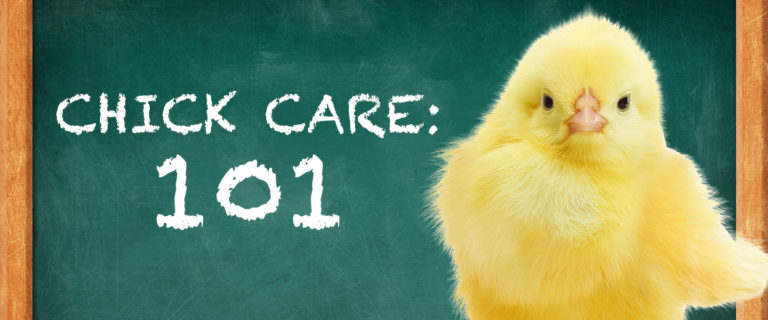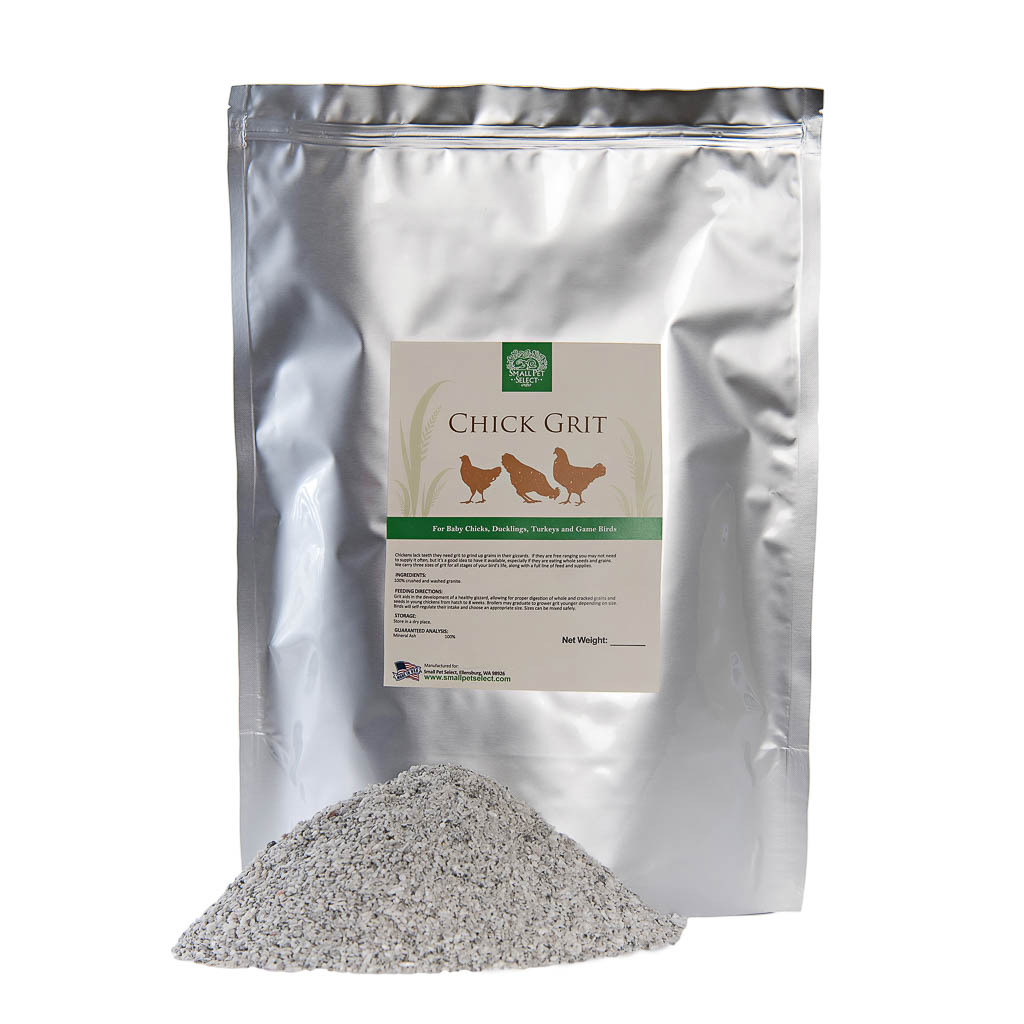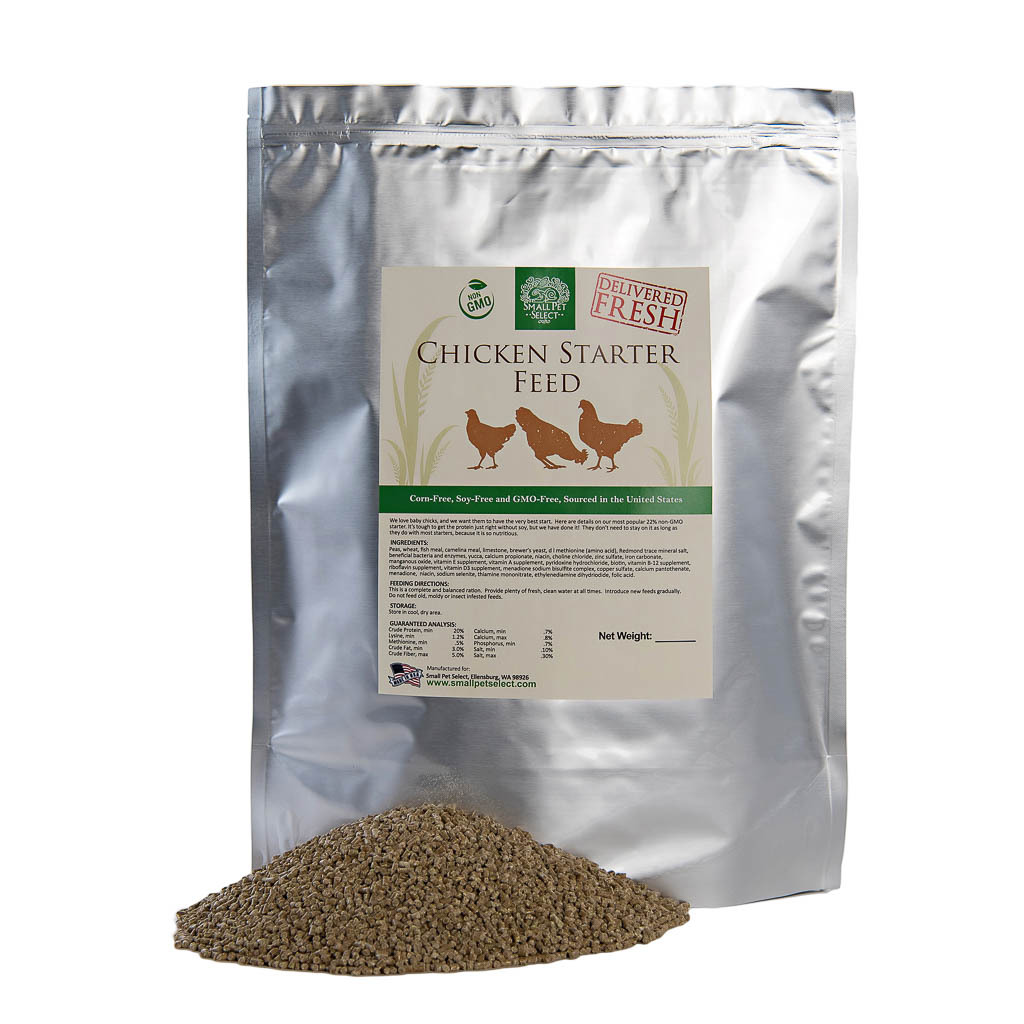With special thanks to Shelby Stone
Spring has sprung in the Northern Hemisphere! We’re sure you’ve noticed the birds 

Are They Legal?
Many municipalities and homeowners’ associations (HOA) prohibit backyard flocks or roosters. Also, there might be a limit to the number allowed in your coop. Be sure to check the local rules before bringing your feathered friends home.
Choose Your Vet
Many Small Pet Select supporters already have animals requiring care from an exotic vet. Ask your exotic vet if they will see your chickens or ask them if they can recommend an Avian (bird) vet.
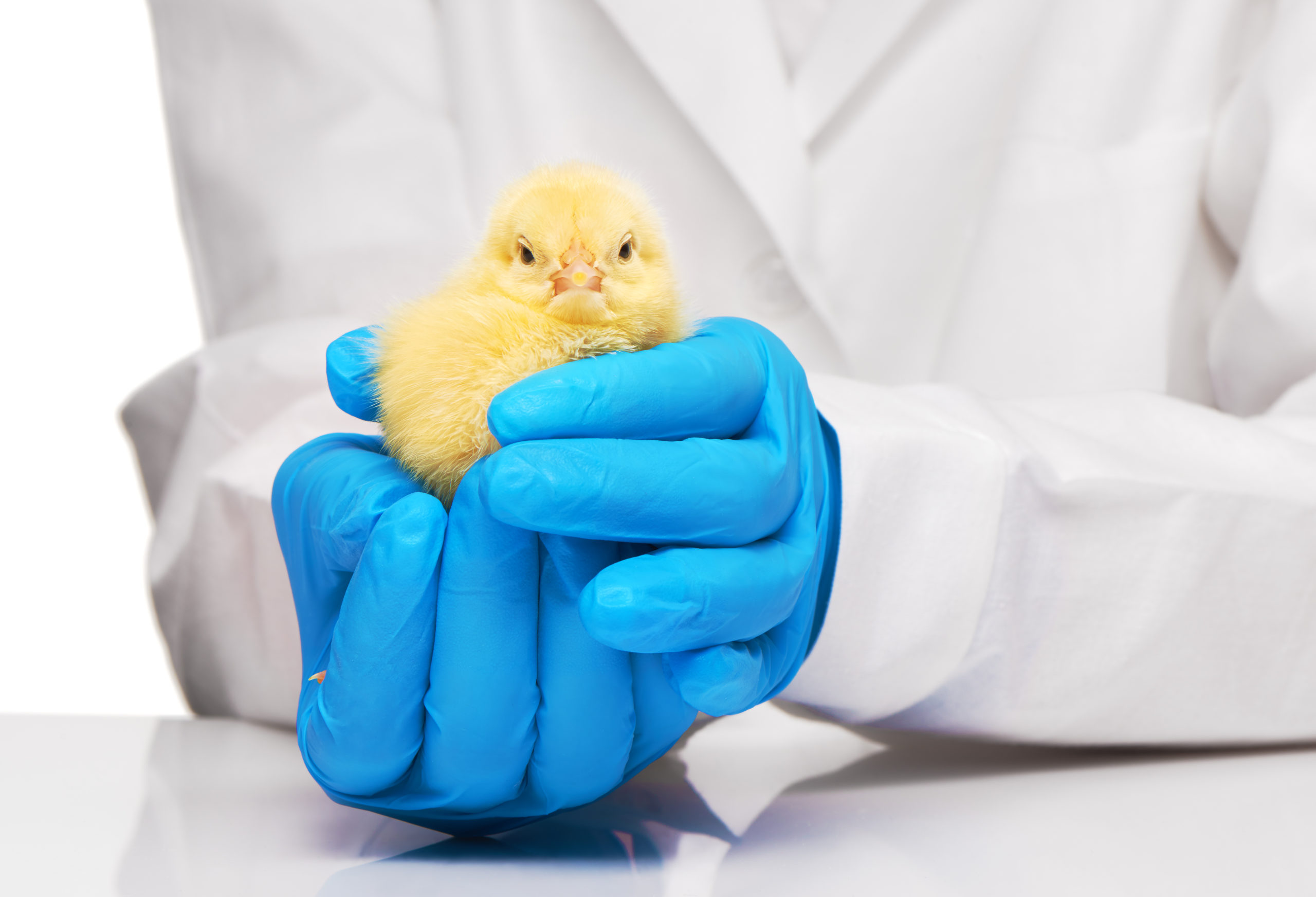
The Nursery
Baby chicks (also known as peeps) require different living spaces than adult chickens. During the first six to eight weeks, until they grow feathers, you’re going to make your best mother hen impression for your new roommates. Peeps require safe, warm, dry, draft-free, and well-ventilated quarters. Their nursery is called a brooder. These quarters are totally necessary if you're caring for chicks.
You have the choice of purchasing a complete brooder or making your own. When assembling your brooder, it doesn’t need to be fancy, but it requires:
Container & Chicken Wire for the Top
A tall and long plastic bin preventing escapes is best for your new flock. Additionally, this gives the chicks plenty of room to move around. Keep in mind you need 6-12 square inches per peep. Plastic brooders are easy to clean and disinfect. Daily cleaning is preferred, but do not go more than every other day without sanitizing. Around the second week, the chicks will be able to flap their way out of the brooder. Have a piece of chicken wire to place on top of the brooder to thwart escapees.
Heat Source
Do not skimp on your heat source! Every year, house fires are caused by inexpensive brooder heat lamps. Either the entire lamp falls into the bedding, or the light bulbs fall out of the lamp and into the bedding. The safest options are infrared or radiant heaters or overhead heat plates for chick brooders. It can be difficult caring for baby chicks, but it's also totes worth it.
Thermometer
Maintaining the correct temperature is essential to raising your peeps. Similar to aquariums, a thermometer inside the brooder is an effortless way to check that your heat source is operating correctly. At the outset, the brooder needs to be kept at 95 °F/35 °C. Every week, you should decrease the temperature by 5 °F/15 °C. The lowest safe temperature is 70 °F/21 °C.
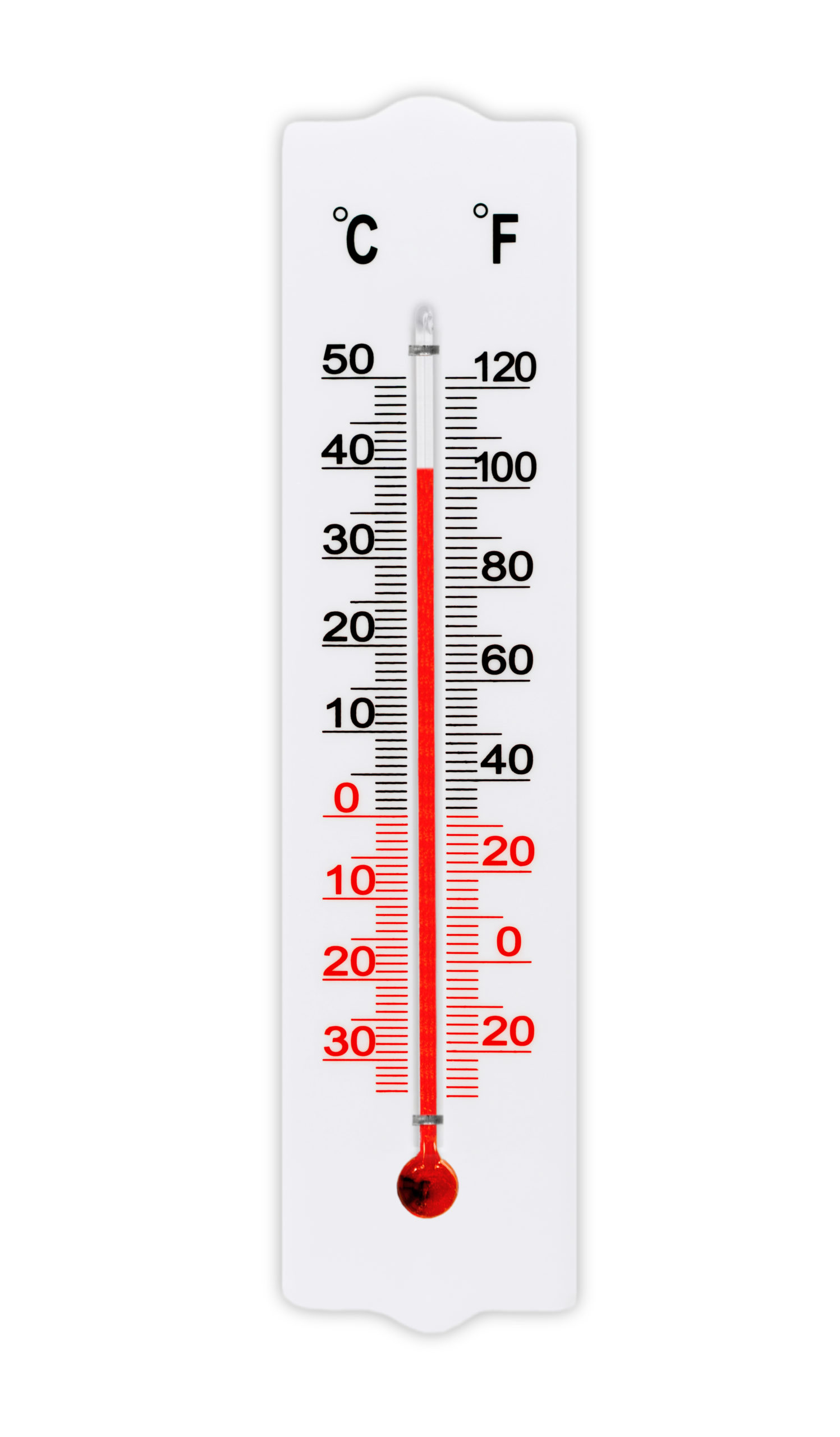
Waterer/Drinker and Feeder
Your roommates require room service, so purchasing the correct size waterer and feeder is a must. It is hard to maintain cleanliness in homemade versions. If you're math-challenged like me, for 6 baby chicks, one feeder and drinker should be sufficient. If you have over this number, use two feeders and two drinkers for up to 15 chicks. Another tip is to fill the waterer tray with marbles to attract the chicks’ attention. It also keeps them from tipping over the waterer or drowning accidentally. The feeder and waterer need to be in separate locations on the brooder floor to keep the water as clean as possible. Also, do not put the waterer under the heat source; they need cool water. As the chicks grow, raise the waterer and feeder height to the level of their backs.
Bedding
Like most babies, peeps are unsteady. During the first few days, the brooder needs to be lined with old kitchen towels that have a textured surface. After they've gotten their sea legs, you can transition to bedding. Our aspen or pine pelleted bedding is an excellent choice. Conversely, shredded paper or newspaper are not recommended as when they get wet, they become slick and mushy. If your chicks cannot get traction, their legs will not grow properly.
One final note on your brooder… test out everything before the chicks come home.
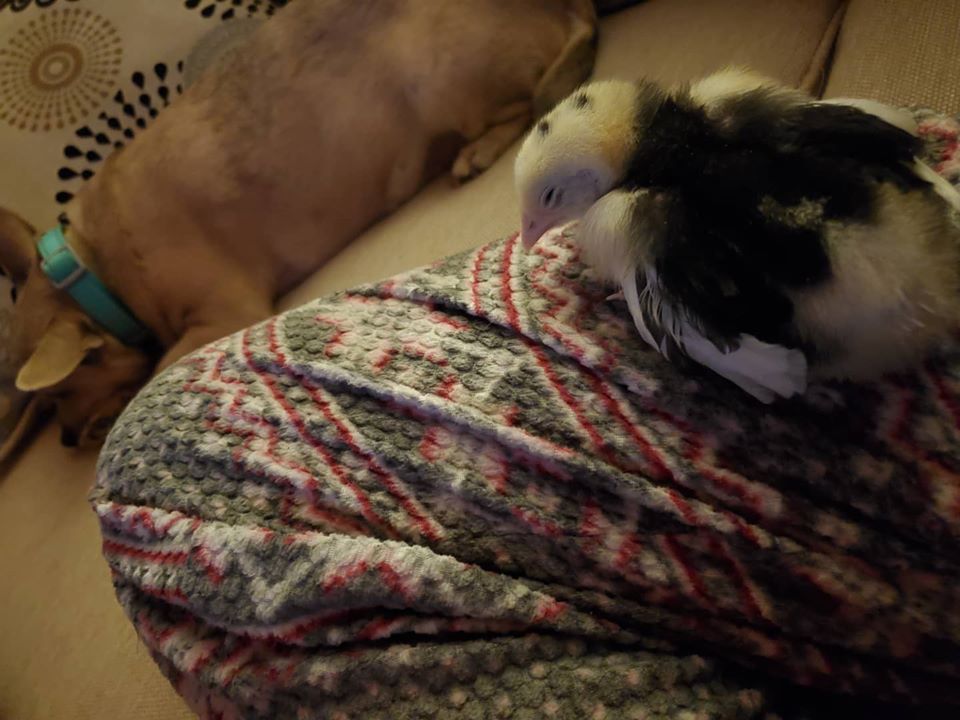

Food and Supplements
Chicks require a continuous supply of chick grit, chicken starter feed, and water. Baby chickens have different nutritional needs, including a higher protein count. Our grit and feed satisfies those requirements. The grit should be placed in a small bowl separate from the feed.
Honey I'm Home!
When your new roomies arrive, place their travel container inside the brooder, so they don't escape. As you take them out one by one, you'll need to give them the grand tour. Dip their tiny beaks into the feed and water, and then place them under the heater. If they forget, they will follow their siblings around. After you put them in the brooder, keep an eye on them, but let them get settled. You’ll also want to ensure they’re happy with the temperature. Just like in the story of the Three Bears, if the peeps are huddled together, it’s too cold. If they are on the perimeter of the brooder, it’s too hot. If they are randomly scattered and peeping, it’s just right!
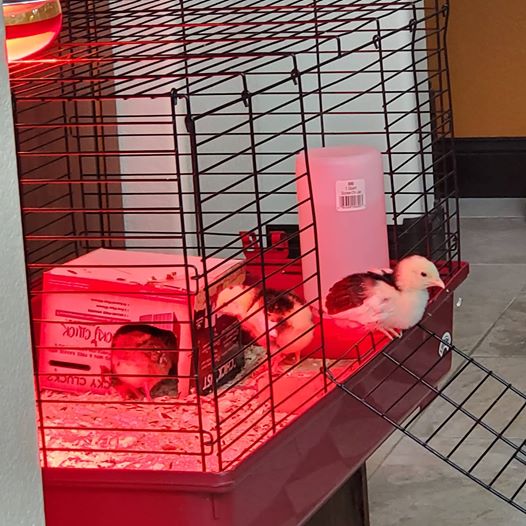

Set a Daily Routine
Like all other animals, your chicks have a unique personality. Spending considerable time with your chickens will showcase their friendly and curious nature. Treats also help build your relationship.
After they’ve lived with you for a few days, you can start handling them for a few minutes at a time. Have some Raiser Crumbles in your palm and place your hand face up at the bottom of the brooder. Just like cats, chicks are curious. In a few more days, you can start picking them up. They move quickly, so have a soft place for them to land in case they wiggle out of your hand.
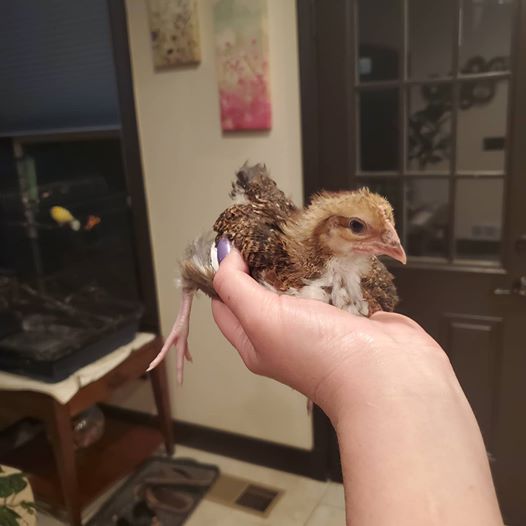

Growth Milestones
While you're not going to mark their progress on your wall with a pencil, here are some critical development milestones to look for:
Age (In Weeks) | Development Milestone |
|---|---|
0-2 | Rapid growth; feathers replace the down. |
2-4 | Adult feathers are replacing baby feathers |
4-6 | Full feathers in place. Should be pretty independent and exploring their environment; move to a larger area if they are cramped. |
6-8 | Almost adult; pecking order should be established now. |
Caring for baby chicks requires love, devotion, and time. Lots of time. We hope we got your flock off on the right foot and that our caring for chicks tips were helpful.
DISCLAIMER: The links and information are being provided as a convenience and for informational purposes only; they do not constitute an endorsement or an approval by Small Pet Select of any of the products, services or opinions of the corporation or organization or individual.
Interested in learning more about chickens? Check out these articles! 🐤🐤🐤
New chicken parent? Here's all you need.



